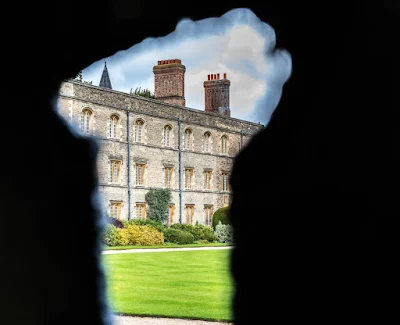The work of Mona Hatoum is marked by the condition of exile from the Beirut where she was born and brought up as a member of a Palestinian family itself already in exile from its country of origin. She was in London in 1975 during the outbreak of the Lebanese civil war and has been based largely in the UK for the subsequent forty years. Her work Bunker (2011) consists of a series of architectural forms that reproduce the proportions of buildings in Beirut damaged over the period of long drawnout conflict during her absence from the city. They are stylized substitutes for the original buildings, all constructed in sheet steel pierced in the same grid pattern in a formalized representation of the effects of shellfire. This formalism generalizes the condition of these individual structures, although their varying outlines draw them back to their original aspects and locations in an actual urban environment. They are like memories that have been distorted by temporal and spatial distance; exilic in the pull they exert on the artist’s sense of self as relics of a familiar world made strange – as reference points and means of orientation that seem the more essential the more they grow obscure.
This exhibit is juxtaposed with the 12th century buildings of the college and both having a historical context. Jesus College was established between 1496 and 1516 on the site of the twelfth-century Benedictine nunnery.
I have processed the image of the Bunker in black and white as I feel it is more of a statement in this medium.








































